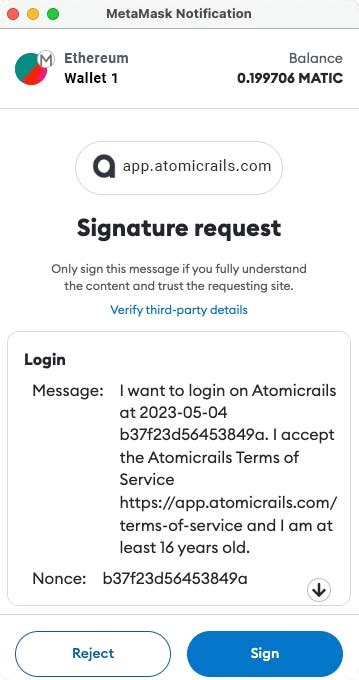Introducing MetaMask: A Seamless Transaction Experience
As we continue to build and deploy decentralized applications (dApps) on blockchain platforms, it is essential to have efficient and easy-to-use tools to manage transactions. In this article, we will explore how you can integrate the popular MetaMask wallet into your custom microservice, providing a seamless transaction experience.
What is MetaMask?
MetaMask is a web interface that allows users to store, send, and receive Ether (ETH) and other cryptocurrencies on the Ethereum blockchain. It is widely used to create dApps and provides a secure way to interact with the Ethereum network. MetaMask allows you to easily sign transactions with your preferred wallet.
Why use MetaMask?
MetaMask offers several advantages in transaction management:
- Ease of use: Sign transactions without having to worry about complicated gas prices or network congestion.
- Security: Store and manage private keys securely on the user’s device.
- Faster transactions: Execute transactions instantly thanks to MetaMask’s optimized network.
Integrating MetaMask into your custom microservice
To sign a transaction using MetaMask in your custom microservice, follow these steps:
Step 1: Install MetaMask
First, you need to install the MetaMask wallet on the user’s device. You can download it from the official MetaMask website.
Step 2: Integrate MetaMask with your microservice
To integrate MetaMask with your custom microservice, you need to create a custom backend using a programming language of your choice (e.g. Node.js, Python). Here are some examples:
Using Node.js
const express = request('express');
const app = express();
const MetaMask = request('metamask-web3');
// Set up the MetaMask connection
const metaMaskClient = new MetaMask({
account: "YOUR_MASTERNODE",
privateKey: "YOUR_PRIVATE_KEY",
url: "YOUR_METAMASK_URL"
});
// Define a function to sign transactions
app.post('/sign-transaction', (req, res) => {
const transactionHash = req.body.transaction;
metaMaskClient.signTransaction(transactionHash).then((result) => {
// Process the signed transaction
console.log(result);
res.status(200).send({ success: true });
}).catch((error) => {
console.error(error);
res.status(500).send({ error: "Failed to sign transaction" });
});
});
Using Python
import web3

Configure MetaMask connectionw3 = web3.Web3()
meta_mask_client = w3.eth.account.connect('YOUR_MASTERNODE_URL')
Define a function to sign transactionsdef sign_transaction(transaction_hash):
try:
result = meta_mask_client.signTransaction(transaction_hash)
Process the signed transactionresult.hex()
except for the exception that e:
print(s)
return None
Usage example:transaction_hash = "YOUR_TRANSACTION_HASH."
signed_result = transaction_signature(transaction_hash)
if signed_result is not None:
print (signed_result)
Follow the steps below to integrate MetaMask into your custom microservice and provide a seamless transaction experience for your users. Remember to replace the placeholders with your actual MetaMask login credentials and Ethereum network settings.
Conclusion
MetaMask provides a convenient way to sign transactions with your preferred wallet, eliminating the need for manual setup or complicated gas price calculations. By integrating MetaMask into your custom microservice, you can improve the user experience and increase the efficiency of your dApp development workflow.

